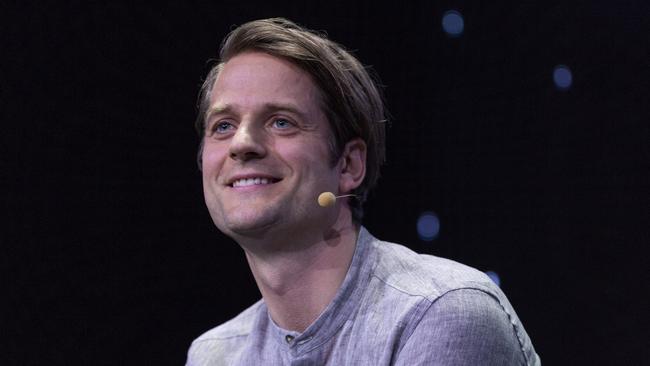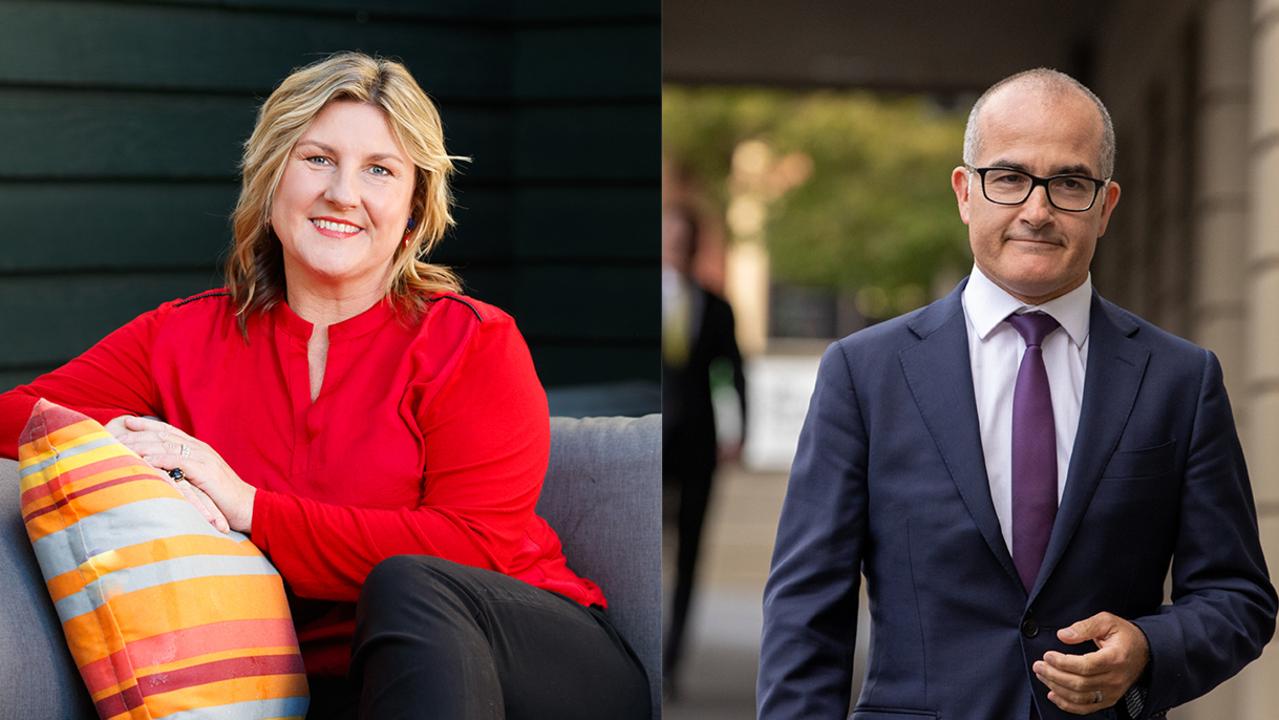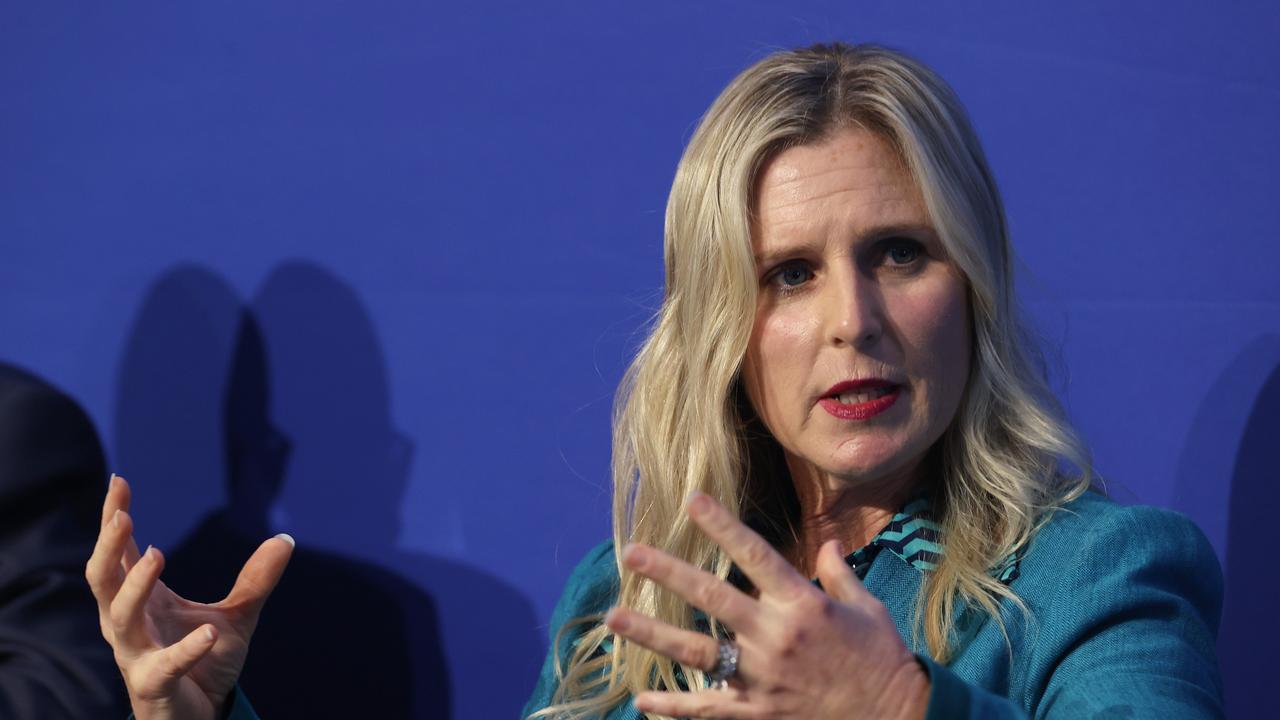Klarna in crowded payment disruption field
Props to Klarna co-investor Matt Comyn, even if ol’ Snoop picked up the vibe on the Swedish payments disrupter months ago.

Props to Klarna co-investors Matt Comyn and Snoop Dogg, even if ol’ Snoop picked up the vibe on the Swedish payments disrupter months before Comyn flipped his $US100 million ($147m) hand on Wednesday.
Snoop, though, got well-blitzed by Brian Hartzer, who piped a lazy $40m to local BNPL (buy now, pay later) dude Larry Diamond at Zip Co in 2017.
So how’s it gone for Hartzer?
Well, the big house — Westpac — has been sitting on its hands for two years, busy with some royal commission shit.
But Hartzer is still up fourfold. Maybe Westpac should do even less!
Problem is that those Afterpay dudes Anthony Eisen and Nick Molnar think they’re Klarna II.
They want the world, bro. And it doesn’t seem to matter that they’ve got the L-A-W on their tails. Like Mr Austrac, or something.
Australia might seem to be front and centre in global payments industry developments but it’s actually small fry in the $US26 trillion ($38 trillion) global credit and debit-card market — the segment targeted by disrupters such as the privately held Klarna and the two big locally listed groups, Afterpay and Zip.
Here and in New Zealand, electronic cards facilitate $850 billion in annual transactions.
Afterpay and Zip combined have a tiny, 50 basis-point market share, but it’s the prospective growth rates that have lured the likes of Klarna.
Stockholm, the company’s home, is the world’s biggest unicorn (a start-up that breaches the $US1bn valuation benchmark) factory per head of population outside Silicon Valley.
After a $US460m round of investor funding that culminated in Commonwealth Bank’s $US100m investment, Klarna’s $US5.5bn price-tag makes it the biggest private fintech in Europe and the sixth largest in the world.
Formed in 2005 by Swedish entrepreneur Sebastian Siemiatkowski, Klarna, which means “clear” in Swedish, provides payment solutions in 14 countries for 60 million consumers across 130,000 merchants.
Charging fees to merchants and customers who fail to pay on time, Klarna processes one million transactions a day online and in-store.
Klarna and Afterpay are butting heads in the highly prospective US market and there’s no love lost between the two.
The Swedish group’s US user base has been growing at an annual rate of six million, leading to a reversal of its threefold rise in 2017 earnings to SEK346m ($53m) and fuelling its need for more capital.
Afterpay chimed in yesterday with its own US update.
It said growth had accelerated to about 250,000 new users a month — roughly double the rate at the start of the year — and the Afterpay army in the US had expanded to two million.
Of course, any mention of the words “instalment payments” creates an explosive argument about business models.
Afterpay, which confoundingly described itself as a “budgeting tool” and not a lender at a parliamentary hearing last year, privately distances itself from Klarna.
In this industry, there’s no more powerful sledge than calling a rival a “traditional financial company”, which is the internal Afterpay mantra for the likes of Klarna and Zip. A spokesman would only say that, unlike Klarna, Afterpay is not a bank.
“We have not designed our service to achieve traditional credit-lending economics by entrapping customers in revolving debt — we’re proud of that,” he said.
“Afterpay is intended to be a free service for the customer. The whole point of our service is that it turns the traditional credit model on its head, where merchants pay a small fee to offer their customers a new way to pay in simple instalments with no interest.”
Despite this, payments industry consultant Grant Halverson believes Afterpay has the most to fear from Klarna’s arrival in Australia.
“About 90 per cent of Afterpay’s revenue comes from merchants, which are charged a 4 per cent fee online and 6 per cent in-store,” he says. “Klarna charges substantially lower fees — 2.49 per cent in the UK, for example. But if Afterpay responds, it hurts them much more because they’re so reliant on merchant fees.”
CBA gets a 2 per cent share of Klarna for its $US100m and an exclusive partnership deal to roll out the service in Australia and New Zealand.
Comyn said on Wednesday his new partner was much more than a BNPL platform, describing Klarna as “one of the world’s leading payments providers”.
“But we’re excited about the opportunities that will come from that partnership — payments and our digital experience is a core part of our strategy and absolutely critical for us,” he said.
With Klarna backed by CBA and Zip by Westpac, Afterpay has no option but to differentiate itself as the more customer-friendly platform.
As for the bank-backed ventures, their immediate challenge is integration of the products and services of their partners.
When Westpac paid $40m for its 17 per cent stake in Zip, the partners promised to “explore the integration of Zip’s products and services across Westpac’s network throughout Australia”.
Two years later, there’s no outward sign of meaningful progress such as a Zip payment option on Westpac merchant terminals.
The announcement also said Westpac would forfeit 3.9 million of 9.8 million options exercisable at 81c if it failed to satisfy any Westpac-related revenue hurdle within three years.
The options are massively in the money, with Zip shares easing 3c yesterday to $2.92.
Asked yesterday about progress of the integration, Zip chairman and prominent commercial silk Philip Crutchfield referred the question to Westpac.
A bank spokesman said Westpac was committed to its Zip partnership but declined to say if the bank expected to earn any performance options.
“One of the major reasons we invested in Zip is because of their robust approach to credit risk,” the spokesman said.
“Since taking up our shareholding, we have worked with them to further strengthen their risk and governance practices to provide a more sustainable business model into the future.
“Zip has achieved significant growth since 2017 and now has 1.3 million customers. We have introduced Zip to a number of our major customers and we are continuing to pursue strategic opportunities with Zip to better integrate their offerings with our products and services.”
The partners should get their skates on because the competition is coming. Big time.


